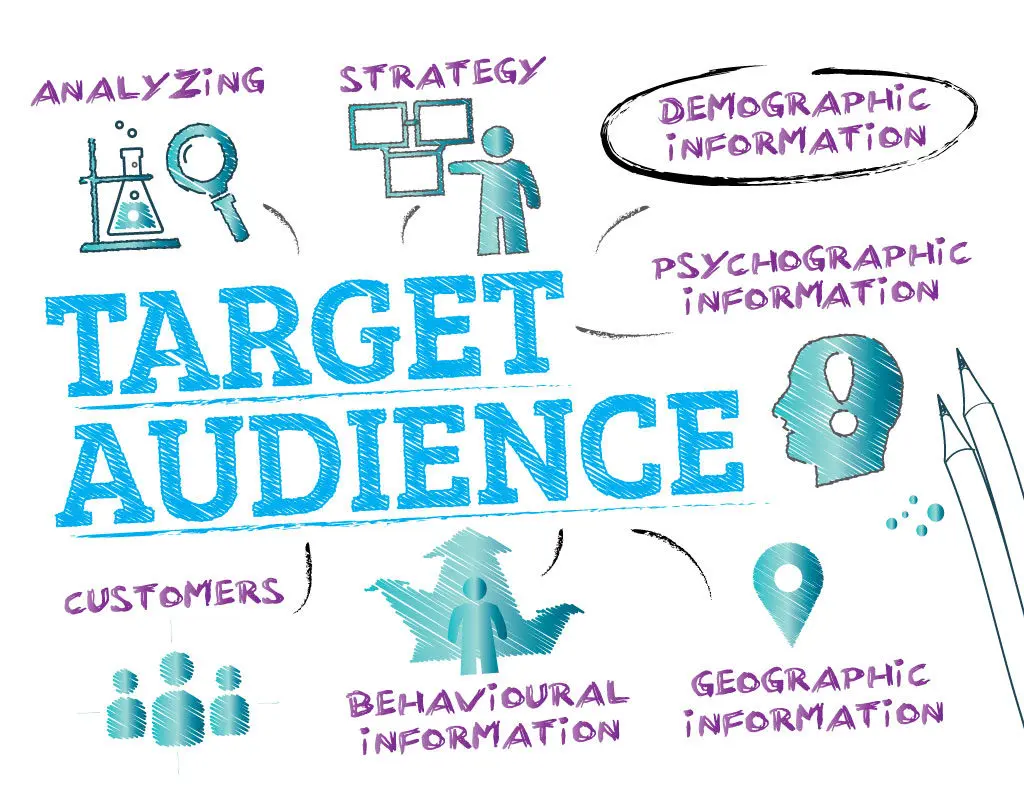Summary
In this article, we offer valuable tips and solutions for new graphic designers. Topics covered include standing out in a competitive industry, maintaining creativity within project requirements, getting noticed by potential employers, and building a network for professional growth.
Introduction
Launching a career as a graphic designer can be both thrilling and overwhelming, especially for newcomers to the industry. As a young designer, you may have many questions and concerns, ranging from capturing potential employers’ attention to striking a balance between creativity and project requirements. In this article, we aim to provide valuable insights and solutions to the most frequently asked questions and concerns shared by new graphic designers, offering tips for achieving success in the professional world.

Standing Out in a Competitive Industry
The design industry is highly competitive, making it crucial for young designers to distinguish themselves from the crowd. To increase your chances of success, here are several key steps you can take:
- Develop a unique style: Experiment with different design techniques and explore various avenues to find a style that resonates with you. Setting yourself apart with a distinctive approach will make you more memorable.
- Build a strong portfolio: A robust portfolio that showcases diverse design projects and styles is essential for demonstrating your skills and expertise. Regularly update and expand your portfolio with new projects to keep it fresh and relevant.
- Network, network, network: Attend industry events, conferences, and workshops to connect with other professionals and stay abreast of the latest trends and techniques. Utilize social media platforms like LinkedIn, Behance, and Dribbble to forge valuable connections with fellow designers and potential employers.
Maintaining Creativity Within Project Requirements
One of the most significant challenges young designers face is preserving their creativity while meeting project requirements. Balancing the two is vital for success in the design industry. Here are a few strategies to achieve this balance:
- Collaborate with others: Engage with fellow designers, developers, and project managers to brainstorm ideas and gain different perspectives. Collaboration can spark new approaches and help you maintain creativity while meeting project objectives.
- Take breaks: Allow yourself time to relax and revitalize. Stepping away from a project temporarily can provide a fresh perspective and prevent burnout, enabling you to approach the work with renewed creativity.
- Embrace feedback: Be open to receiving feedback and constructive criticism. This input will help you refine your ideas and improve your work. Embracing feedback is a crucial aspect of professional growth and development.

Defining Your Audience and Objectives

Getting Noticed by Potential Employers
Gaining recognition from potential employers can be challenging for emerging designers. To increase your visibility and attract potential employers, consider the following steps:
- Establish an online presence: Create a professional website and maintain active profiles on LinkedIn, Behance, and Dribbble platforms. Keep your online presence up-to-date and showcase your best work.
- Attend industry events and network: Connect with other professionals and participate in industry conferences and events. Networking provides opportunities to meet potential employers and learn about job openings.
- Actively seek job opportunities: Be proactive in your job search by directly contacting companies and studios, submitting your portfolio to job boards and design agencies, and regularly checking industry websites for job listings.
Building a Network and Embracing Growth
Build a supportive network of friends, colleagues, and mentors to foster growth and receive valuable feedback on your designs. Learn the importance of embracing criticism, exploring typography, taking creative risks, and recording ideas for future use.
Don’t be afraid to make mistakes. Force yourself to take chances with the use of different techniques or mediums with text and images to create different work from what you are used to, and save the best of that work as a reminder to think differently. Always keep a small notebook with you because ideas come in the strangest times, and make sure to record them on the spot so you can use them later when you need them.
Conclusion
Being a young graphic designer can be challenging, but by following these valuable tips, you can increase your chances of success. Develop your unique style, build a strong portfolio, network with professionals, maintain creativity within project requirements, and actively seek job opportunities. Additionally, consider getting involved in teaching and mentoring to share your knowledge and expertise with aspiring designers.
